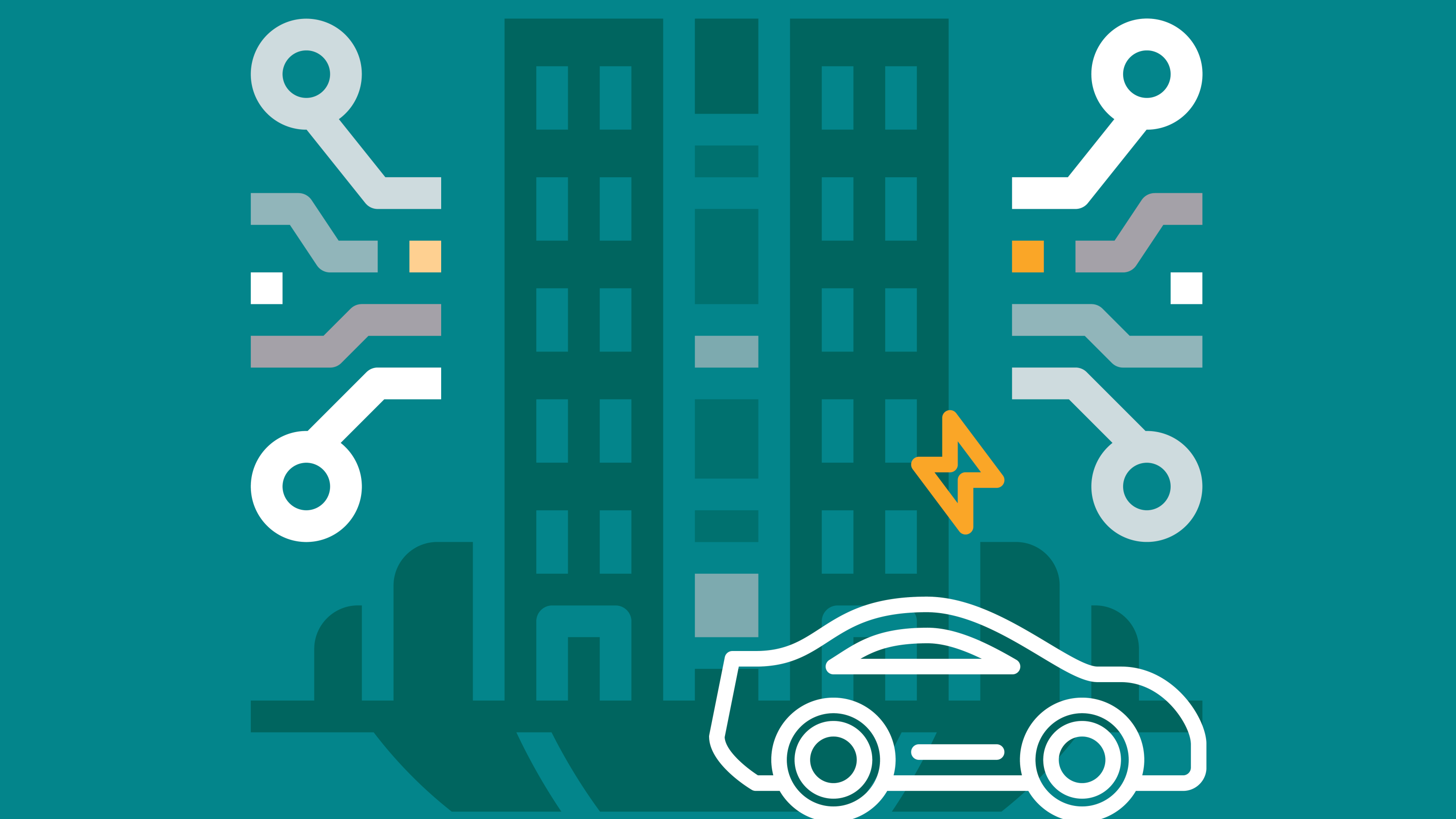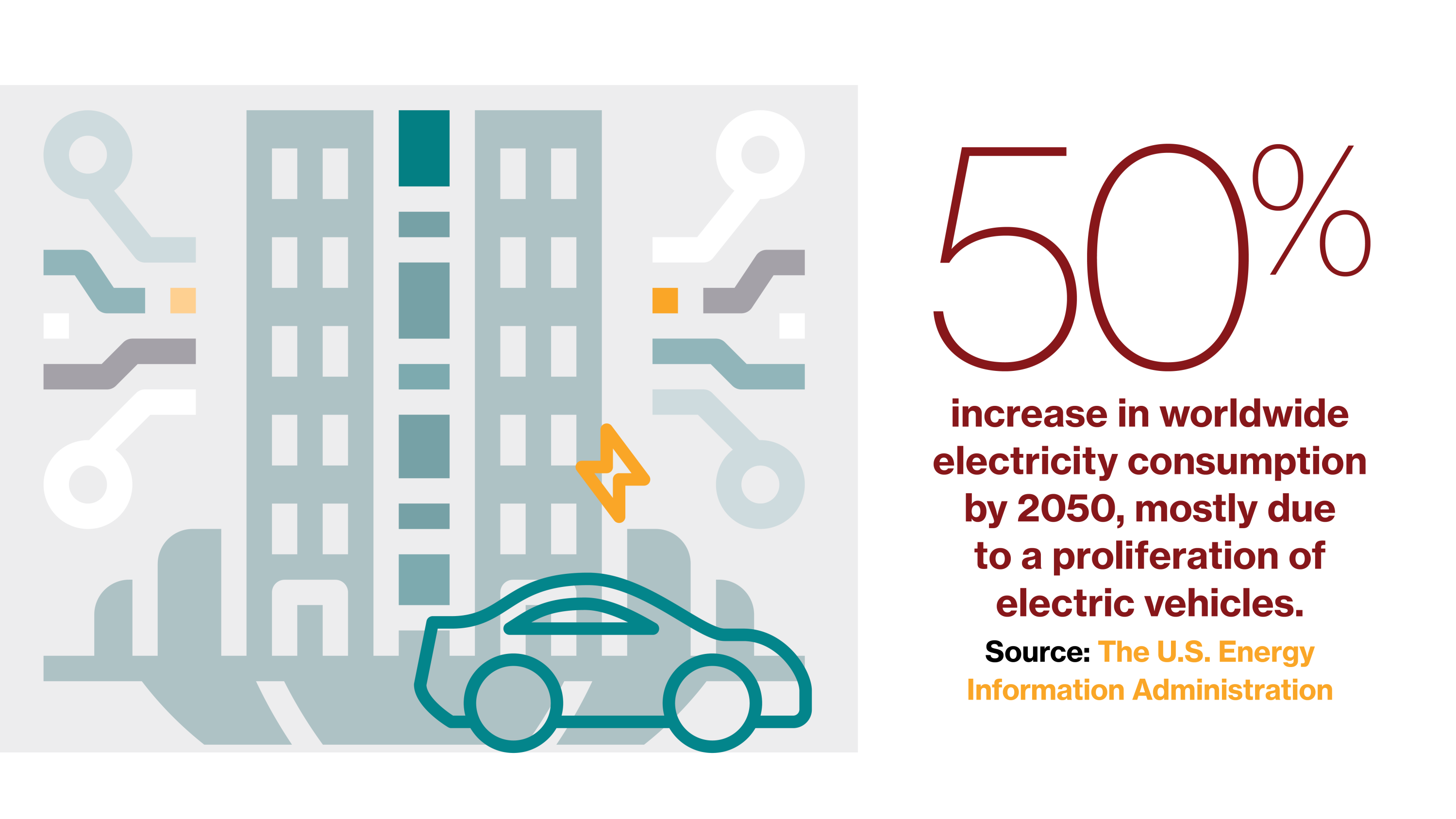Sponsored
Innovation will fuel e-mobility adoption
The future of electric vehicles is more promising than ever with technological innovation in hardware and software solutions.
In partnership withKeysight
The e-mobility revolution is in high gear. Automakers are promising to launch dozens of electric models over the next decade. In August 2021, U.S. President Joe Biden set a target for 50% of new car sales to be electric vehicles (EVs) by 2030. And electric car registrations in Europe increased from 3.5% in 2019 to almost 18% in 2021, according to the European Environment Agency.

Innovation will fuel e-mobility adoption
Policy changes are driving the increasing popularity of e-mobility—the use of electric vehicles, such as cars, trucks, and buses, that obtain energy from a power grid. New policies include California’s Advanced Clean Trucks (ACT) regulation, which requires manufacturers to sell increasing percentages of zero-emission heavy-duty trucks.
Evolving consumer demands are also helping e-mobility gain mainstream traction. In fact, automotive consulting firm AutoPacific reports that consumer demand in the U.S. increased to 5.6% of total light vehicle sales in 2022. This number was 3.3% in 2021. One reason for this uptick is that consumers are looking for eco-friendly alternatives to traditional transportation vehicles, which contribute approximately one-quarter of all energy-related carbon dioxide emissions to the atmosphere.

These shifts in policy and consumer sentiment not only herald a new era for e-mobility, but highlight the need for continued technological advancement. “Scaling e-mobility technologies more efficiently is critical to speeding widespread adoption of electric vehicles and reducing carbon emissions across the globe,” said Jeff Harris, vice president of corporate and portfolio marketing at Keysight Technologies, a U.S.-based provider of design, emulation, and test equipment for electronics. He continues, “There are immediate opportunities for innovation across the e-mobility ecosystem that will help make EVs more affordable, convenient, and desirable to consumers.”
As organizations rise to this challenge, innovations are emerging, from new battery designs to EV charging and EV supply equipment (EVSE) or charging infrastructures that, together, promise to push the envelope on electric vehicle adoption and contribute to a cleaner planet.
This content was produced by Insights, the custom content arm of MIT Technology Review. It was not written by MIT Technology Review’s editorial staff.
Keep Reading
Most Popular
We’re learning more about what weight-loss drugs do to the body
GLP-1 agonists like Wegovy, Ozempic, and Mounjaro might benefit heart and brain health—but research suggests they might also cause pregnancy complications and harm some users.
This giant microwave may change the future of war
The defense tech startup Epirus has developed a cutting-edge, cost-efficient drone zapper that’s sparking the interest of the US military. Now the company has to deliver.
How to run an LLM on your laptop
It’s now possible to run useful models from the safety and comfort of your own computer. Here’s how.
Stay connected
Get the latest updates from
MIT Technology Review
Discover special offers, top stories, upcoming events, and more.